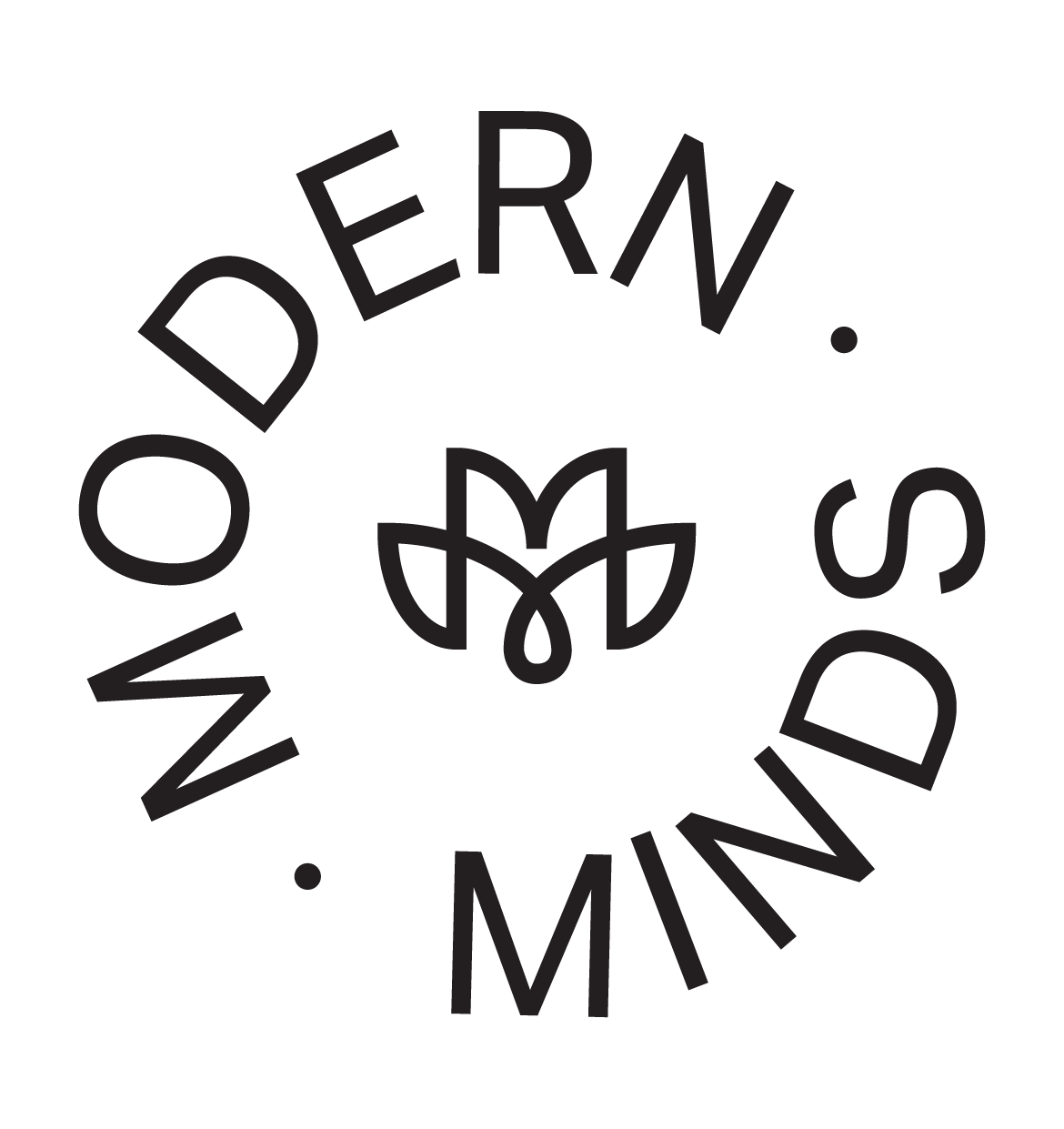Everyday Attachment: Why You Connect, React, and Relate the Way You Do
Our patterns of connection and reaction often feel automatic, shaping how we relate to those around us. Attachment plays a fundamental role in guiding these responses. Understanding your attachment style can help you build more secure and fulfilling relationships.
What is Attachment and Why Does it Matter?
Attachment is the emotional bond that forms between individuals, guiding how we connect, respond, and relate throughout our lives. Rooted in early childhood experiences, attachment theory suggests that the way caregivers nurture and interact with us significantly shapes our emotional patterns and relational behaviours. These early interactions create a blueprint for how we perceive safety, trust, and connection in future relationships.
The Origins of Attachment Theory
Psychologist John Bowlby first introduced attachment theory, highlighting how secure and nurturing relationships in childhood foster emotional stability, while inconsistent or strained connections can lead to anxious or avoidant patterns. Over time, researchers identified four primary attachment styles: secure, anxious, avoidant, and disorganised.
Why Understanding Attachment Matters
Recognising your attachment style is essential for personal growth and healthier relationships. By understanding how your past influences your present, you can make more mindful choices in building secure, lasting connections, ultimately enhancing emotional well-being and relationship satisfaction.
Recognising Your Attachment Style
Understanding your attachment style is a crucial step towards building healthier relationships. Our patterns of connection often stem from the way we learned to bond with caregivers in early life. Here’s a quick overview of the four primary attachment styles:
The Four Main Attachment Styles
Secure: Comfortable with intimacy and independence; balanced emotional expression.
Anxious: Craves closeness but often worries about being abandoned or unloved.
Avoidant: Values independence, often suppressing emotions and avoiding vulnerability.
Disorganised: Displays mixed behaviours, often feeling confused or fearful about relationships.
Everyday Clues: How Your Attachment Style Shows Up
Recognising your attachment style in everyday life can help you understand your emotional responses and relationship dynamics. For example:
If you often feel uneasy when a loved one doesn’t immediately respond, you might have an anxious attachment style.
If you tend to avoid deep conversations or feel overwhelmed by emotional closeness, it could indicate an avoidant attachment style.
Feeling generally secure and resilient when navigating conflicts may point to a secure attachment style.
Experiencing mixed feelings, such as wanting closeness but fearing it at the same time, may suggest a disorganised attachment style.
Why Recognition Matters
For instance, if you notice a pattern of feeling anxious when communication is delayed, this could indicate an anxious attachment style. Recognising these patterns helps you better understand your reactions, guiding you towards mindful responses rather than automatic ones. Awareness can lead to improved self-regulation and more secure, balanced connections.
How to Establish Your Attachment Style
Understanding your attachment style begins with self-reflection. One effective technique is journaling your thoughts and feelings after significant interactions. Writing down your reactions can help identify patterns, especially when emotions feel overwhelming or confusing. Take note of recurring thoughts, like feeling anxious when someone doesn’t text back, or withdrawing when conversations become emotionally intense.
Observing Patterns
Reflecting on past relationships can also shed light on your attachment tendencies. Think about how you’ve responded to closeness, conflict, or emotional vulnerability. Do you tend to seek reassurance, pull away, or remain balanced and communicative? Recognising these patterns helps you see how past experiences influence your present connections.
Getting Professional Insight
Sometimes, discussing attachment styles with a therapist or counsellor can provide deeper understanding. They can guide you through identifying patterns and offer tailored strategies for growth.
Practical Exercise
Ask yourself:
How do I typically react when I feel ignored or overlooked?
Do I tend to seek closeness or maintain distance during conflict?
Reflecting on these questions can help clarify your attachment style.
Moving Towards a More Secure Attachment
Why Security is Beneficial
Developing a secure attachment style positively impacts relationships and self-worth. Those with secure attachment tend to feel comfortable with intimacy, communicate openly, and manage emotions effectively. This foundation fosters healthier, more resilient connections and a balanced sense of self.
Steps to Nurture Security
Building Self-Awareness: Practice mindfulness by observing your emotional reactions without judgement. Notice patterns like feeling threatened when someone sets a boundary or withdrawing when conflict arises. Awareness is the first step towards change.
Fostering Emotional Regulation: Try deep breathing or grounding exercises to calm your nervous system during emotional triggers. Pausing to take a few deep breaths can help you process emotions before reacting, fostering a more thoughtful response.
Encouraging Open Communication: Express your needs clearly and calmly, using "I" statements to take ownership of your feelings. This approach reduces defensiveness and encourages understanding.
Gradual Progress: Moving towards secure attachment is a gradual journey. Be patient, embracing small, consistent changes that promote emotional security.
Practical Strategies for Everyday Situations
Handling Conflict
When conflict arises, pause and take a deep breath before reacting. Reflect on your feelings and how your attachment style might influence your response. Use “I” statements to express your emotions calmly, promoting open communication.
Navigating Closeness
Building trust takes time and consistent effort. Small acts of care—like checking in or expressing gratitude—strengthen bonds. Being present during interactions helps create a sense of security.
Managing Distance
Sometimes, creating personal space is necessary for balance. Set boundaries thoughtfully, communicating openly to maintain trust.
Self-Compassion
Be kind to yourself as you work through attachment challenges. Progress takes time, and that’s okay. Celebrate small steps toward building secure connections.
Embracing Your Attachment Journey
Understanding attachment can transform how we connect with others. Imagine recognising an anxious reaction during a conflict and choosing to pause, breathe, and respond calmly—shifting the dynamic entirely. Growth isn’t linear, but each step towards security fosters stronger, more mindful relationships. Keep reflecting, stay compassionate, and embrace your progress.
